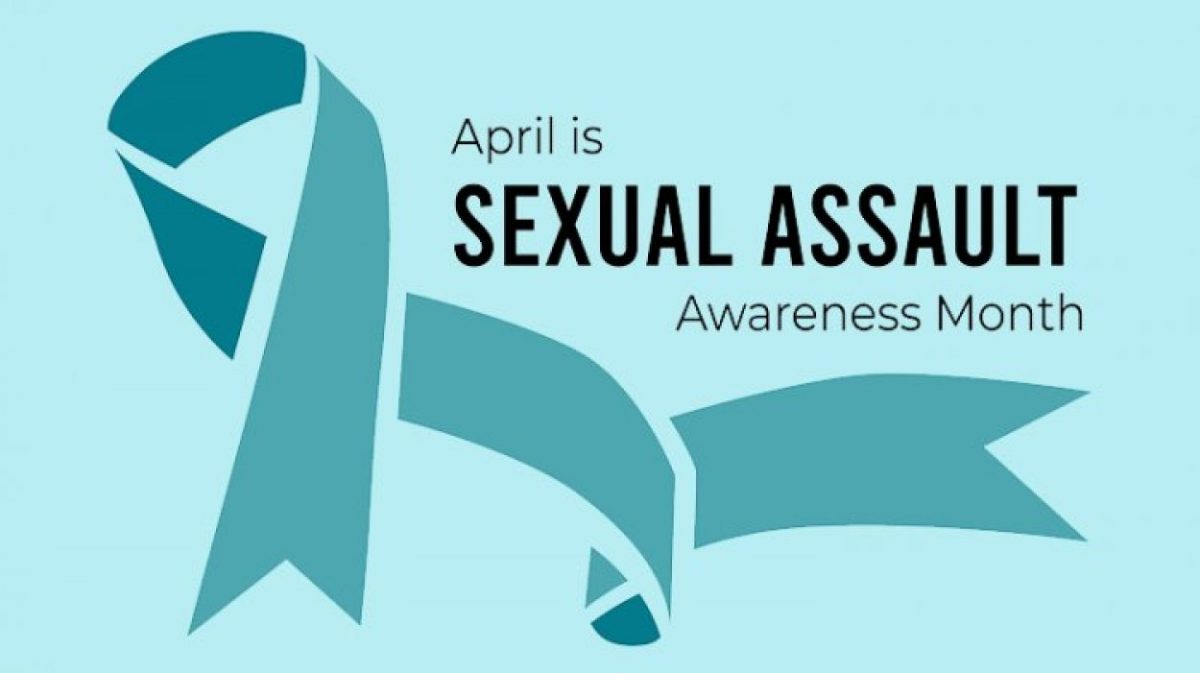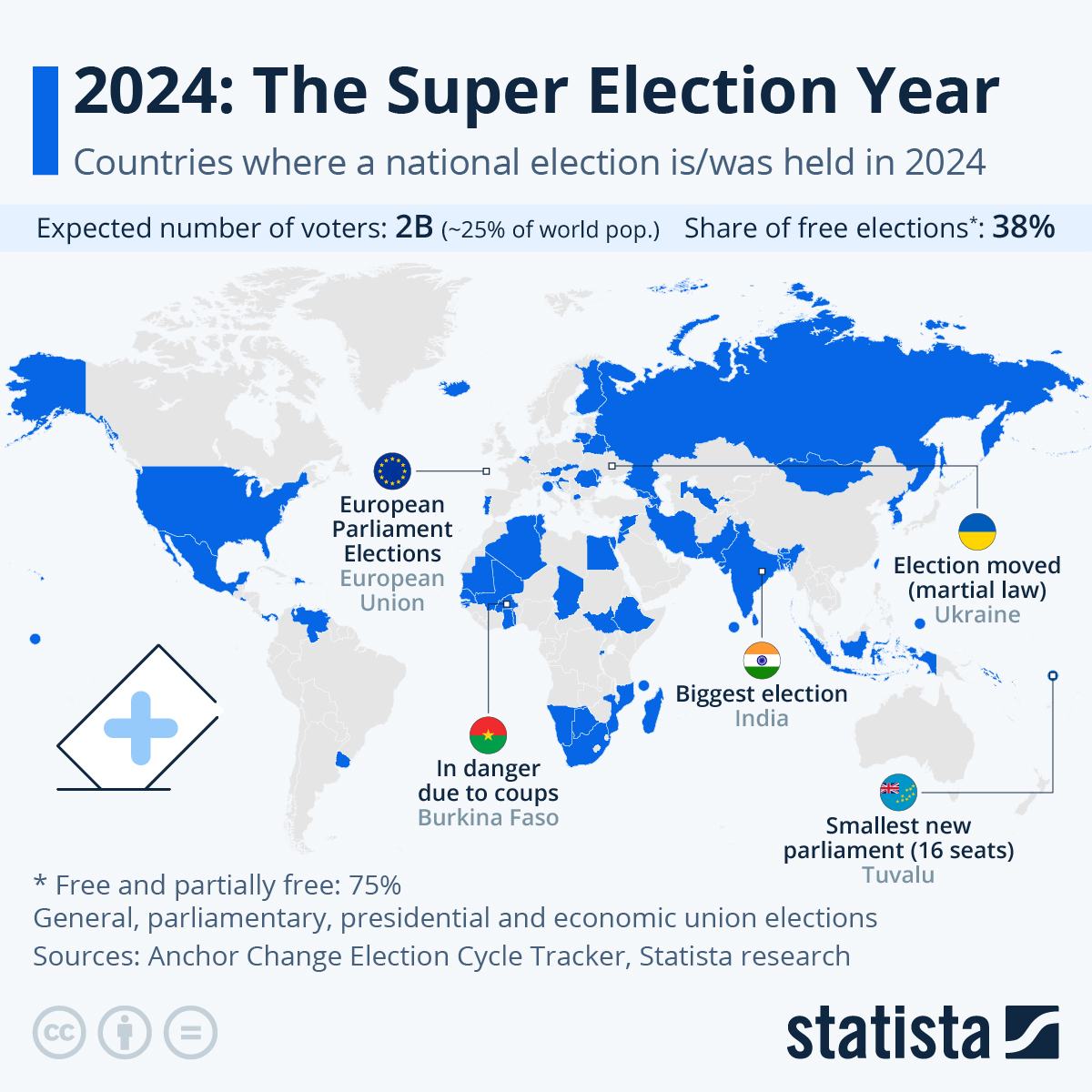
Growing up near Chicago, I have always enjoyed visiting the Museum of Science and Industry. The museum has many incredible exhibits- and each time I visit the museum, I tend to return to my favorite ones. I love getting lost in the mirror maze and trying to determine where I am among the reflections that look back at me. Whenever I visit the museum, I am always fascinated by the real piece of lunar rock that is in the Henry Crown Space Center. And it’s interesting to see the German U-505 submarine that was captured by American troops during World War II that now “lives” in the museum.
Upon my most recent visit to the Museum of Science and Industry, I noticed there was something that I hadn’t seen before. A new exhibit called “The Blue Paradox” had been created to provide viewers with information about the plastic crisis in the ocean- and as someone who has a deep interest in conservation, I was interested in learning more. However, my excitement quickly fizzled after I entered the exhibit. I was greeted with facts about plastic waste that shocked me. I learned that it takes more than 450 years for plastic bottles to biodegrade in the ocean, and 22 gallons of water are used to create a single pound of plastic.
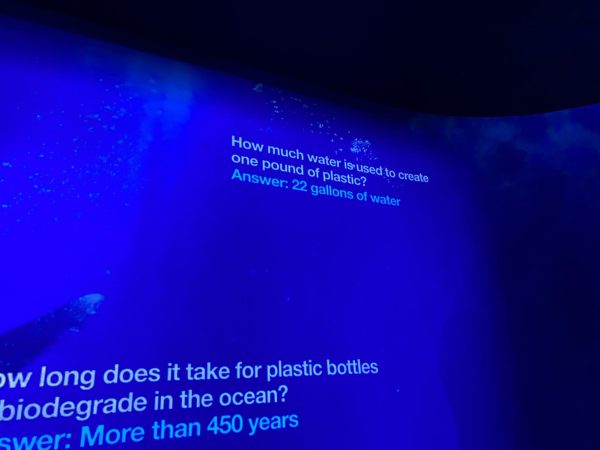
And the rest of the exhibit would only bring more harsh truths to my awareness. Different displays at the exhibit informed me that 75% of the litter in the Mississippi River is plastic and that 11 million pounds of plastic enter Lake Michigan annually. The United States is also the country that produces the most plastic waste. There was even a live plastic stream shown on the wall, and it was so shocking to see how much plastic was actually entering our oceans.
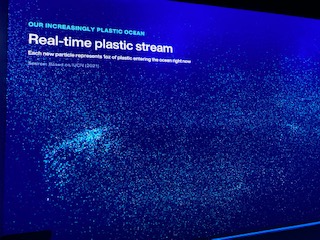
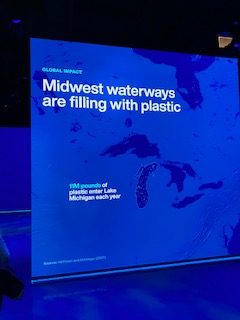
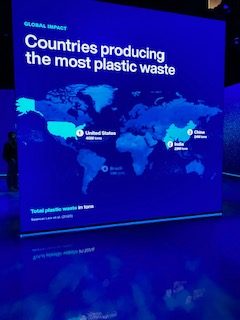
All of this data made me feel disappointed, and I began to wonder if I had done enough to help the plastic crisis. But seeing all of this information displayed before my eyes also reminded me of my passion for conservation and how I aim to be part of the solution to this issue. Even though it sometimes seems like the plastic situation is completely unsolvable, there are still things that we can do to improve our oceans- and lives.
Because I’ve grown up in a household that takes sustainability seriously, I have learned about several small but important ways to help solve the plastic waste issue. In our daily lives, the things we do as part of our routines actually can contribute to the growing problem of increased plastic waste. Here are some things that you can try below to limit your plastic waste!
- Instead of using shampoo, soap, and conditioner bottles, try bars instead
A single bottle for a bath product or for soap may not seem like it’s going to contribute that much to the issue of plastic waste in our environment, but it will. It can take hundreds of years for a single plastic bottle to decompose. Shampoo, soap, and conditioner bars naturally wear down after use and don’t leave any plastic waste! My family uses bars instead- this way, we don’t have to worry about harming the environment.
2. Use reusable bags.
Plastic bags contribute greatly to the amount of plastic waste in the ocean, and some animals may confuse them with food (sea turtles often mistake plastic bags for jellyfish). While shopping, try using a reusable bag so that you can still carry your goods while limiting your plastic waste. When I go shopping, my family and I always have reusable bags. There are even reusable bags for food items that can be cleaned- I use these bags and tupperware in my lunches instead of ziplocs.
3. Try using reusable eating utensils.
Plastic straws, spoons, forks, and other utensils significantly add to the plastic waste crisis because they are commonly used when we are dining out or eating. These utensils often end up in landfills and oceans, but thankfully, there are other alternatives. You can use metal straws and reusable spoons and forks. When I go out to get a quick treat, I bring reusable utensils so I don’t use plastic ones.


